Which controller do you use with On Scene?
XVR Simulation supports all the major input devices that are currently on the market. But which input device should you choose for your specific training needs? This guide will attempt to offer you a little insight into the world of input devices.
An input device is defined as any device with which data can be entered into a computer. Many different input devices are available, and you have an option to configure your own devices in the settings menu in XVR Control Centre. Depending on what the student needs, a choice can be made between simple devices and devices with many options.
XVR On Scene is a ‘controller-agnostic’ program, meaning that any input device supported by Microsoft Windows will work with On Scene. Types of input devices that can be used in XVR On Scene include joysticks, gamepads, specialized gaming keypads, keyboards, (gaming) mouse devices or trackballs and steering wheels. These devices can provide an added value for the various target groups and learning objectives. The controllers all connect to your computer through a USB port.
Our quick reference cards for use with joysticks and gamepads, detailed in the XVR On Scene manual, show you exactly how to use your input device in order to get the most out of all the features and functions. We'll take a brief look at the most common ones.
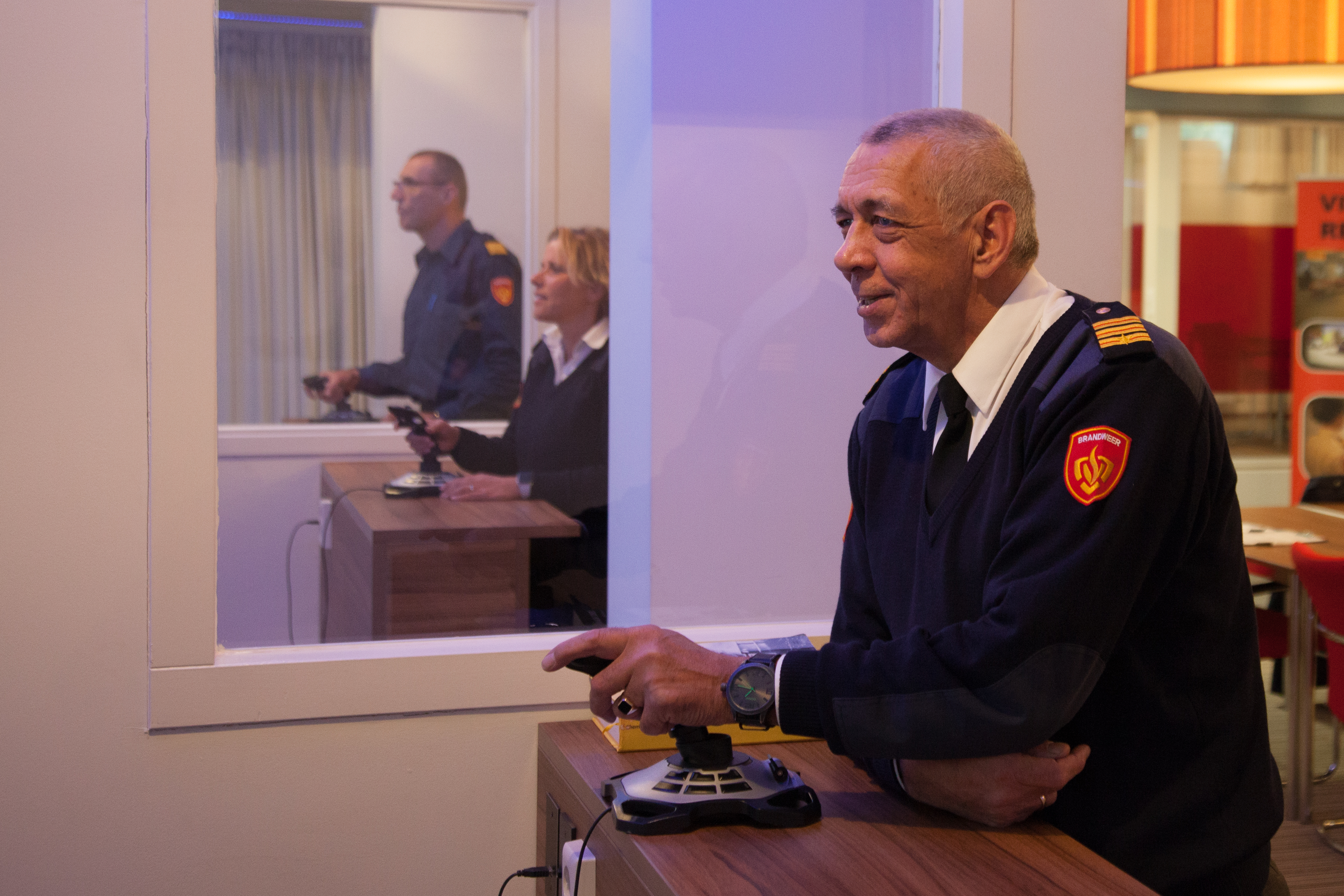
Joysticks
Joysticks are designed to be used in one hand with the base either being held or placed on a desktop. They consist of a handheld stick that can be tilted in all directions, and sometimes twisted to the left or to the right. Normally, the hand not using the joystick is used to interact with the buttons on the base with which certain actions can be carried out. Joysticks have traditionally been used as the main input device to interface with XVR On Scene over the years but are slowly being overtaken by other controllers.
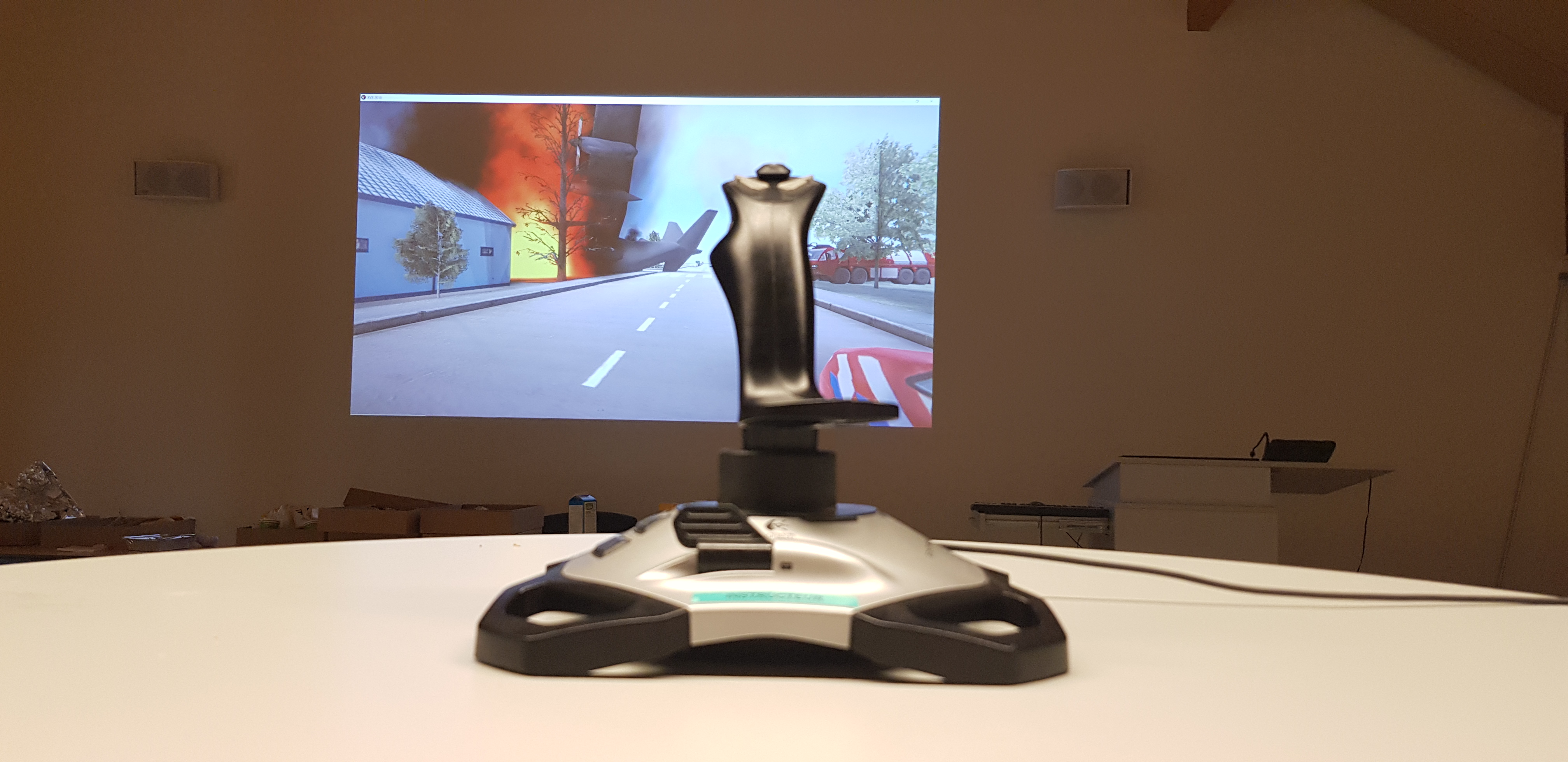
Gamepads
Another input device for working with XVR On Scene, which is very popular amongst our users, is the gamepad. Gamepads are held in both hands and use 1 or 2 joysticks or directional pads along with multiple buttons to control your onscreen action. In contrast to joysticks, gamepads need to be held continuously. This could result in a higher immersion, because the participant is less tempted to release direct control over the scenario. Some participants are more familiar with these controllers as they often use more or less the same device for their home entertainment system. XVR On Scene supports both the Xbox 360 and the Xbox One gamepad as well as other brands like Logitech.

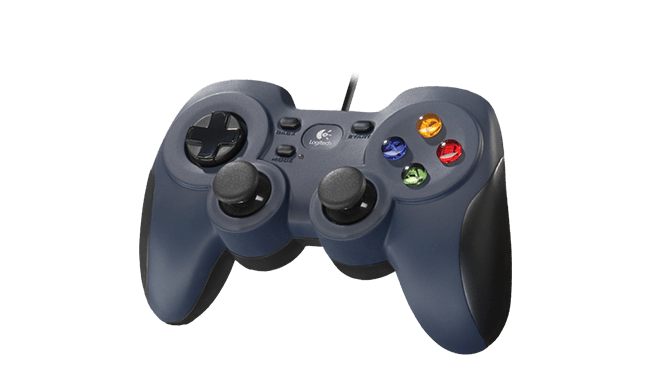
Gaming keypads
Gaming keypads are not your typical keyboard. They are small desktop keypads with specialized sets of keys. In XVR On Scene these keypads are normally used for mapping additional functions like the use of breathing apparatus, binoculars or gas meters during an exercise. These keypads will normally contain 2 to 3 rows of 5 keys, a multi-directional thumbpad or thumb stick, and one or more buttons by the thumb stick. These allow multiple keys to be at your fingertips, especially when arranged for quicker access than when using a normal keyboard.
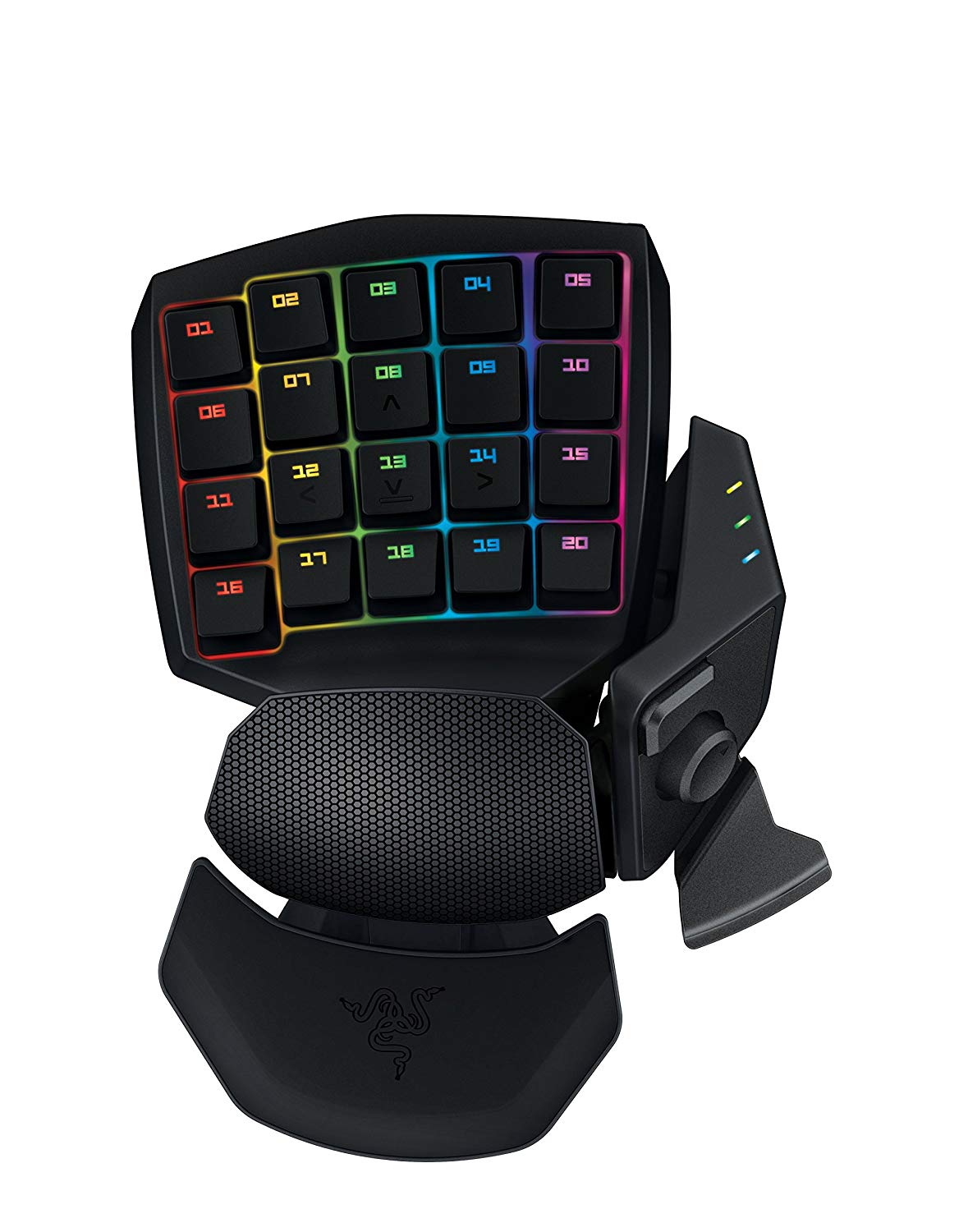
One-handed controller
These controllers are designed to be held in one hand and can be used in combination with other input devices for additional game controls. The one-handed controller is a convenient, intuitive alternative and can be perceived as less intimidating than joysticks and gamepads by some users, because it has fewer buttons and therefore fewer options. This does make the controller less suited to be used in a training that requires additional functions. The fact that one hand is always free to be used for other applications is one of the greatest advantages. Ideal for instance, during an XVR Classroom presentation.
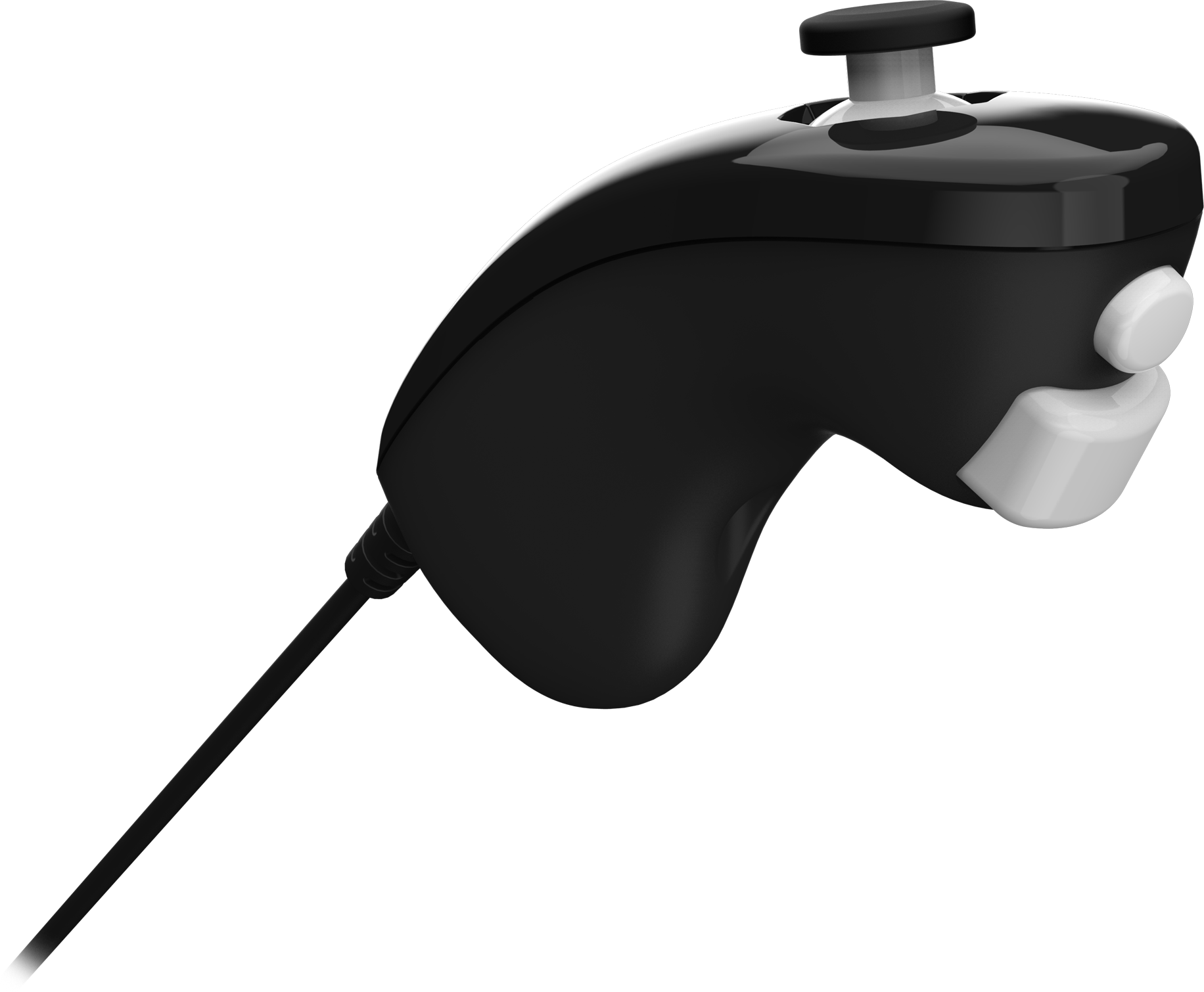
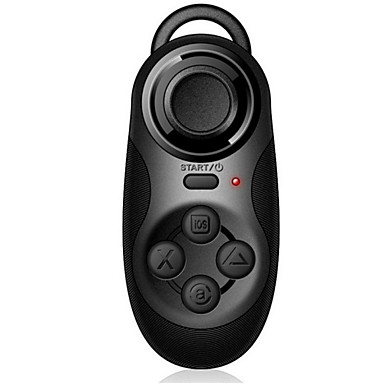
Gaming mouse devices and Trackballs
The regular desktop mouse can be used to control XVR On Scene, but the gaming mouse offers even more possibilities. A gaming mouse is essentially a desktop mouse with additional functions to make it more suited for use in computer gaming and training. These functions often include programmable buttons, higher sensitivity, adjustable weight and faster response times.
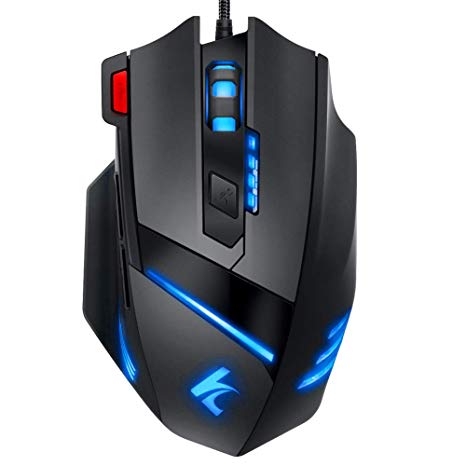
Basically, a trackball mouse offers the same functionalities as a regular mouse. The biggest difference is the way you move the pointer, with your thumb on the trackball or your arm and wrist on a regular mouse. Our thumb is capable of much quicker and
more accurate movements than our arms, which can give you better control. Moreover, the trackball doesn't require any desk space or a clean surface or a mousepad.
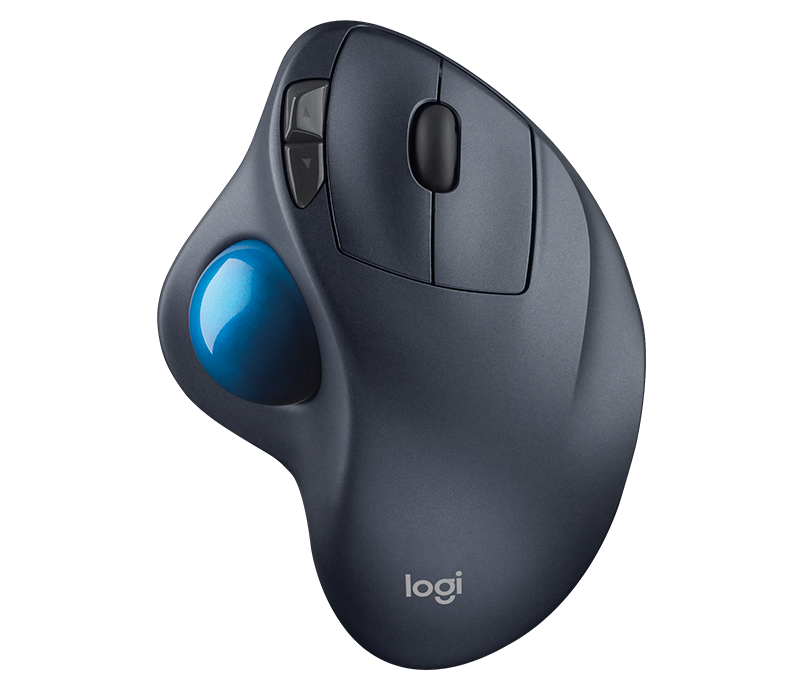
Steering Wheel
A game controller in the form of a steering wheel has been designed to evoke the feeling of a real car steering wheel. It can for example be used in XVR On Scene to simulate driving up to an incident with a fire-fighting vehicle. Using a steering wheel as an input device during training has the disadvantage that the input device needs to be changed during training, for instance when leaving the vehicle to do a reconnaissance on the scene.
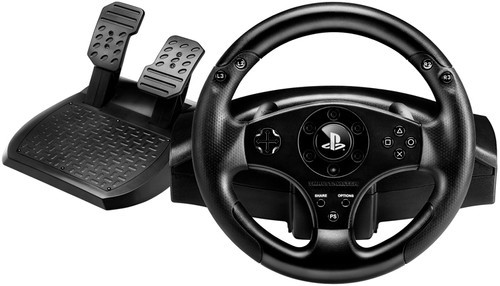
VR Headsets
Another way to control your character in XVR On Scene is through the wireless controllers of a VR Headset. Read more about this in our special blog on VR Headsets.
The sky is the limit
If you really want to go all out with devices that interface with XVR On Scene, the virtual sky is the limit. The Simulation and Virtual Reality Centre (CSRV) of the National Fire School (ENB) in Sintra, Portugal makes use of new technological tools for the training of firefighters and has managed to link XVR On Scene to an actual helicopter control board.
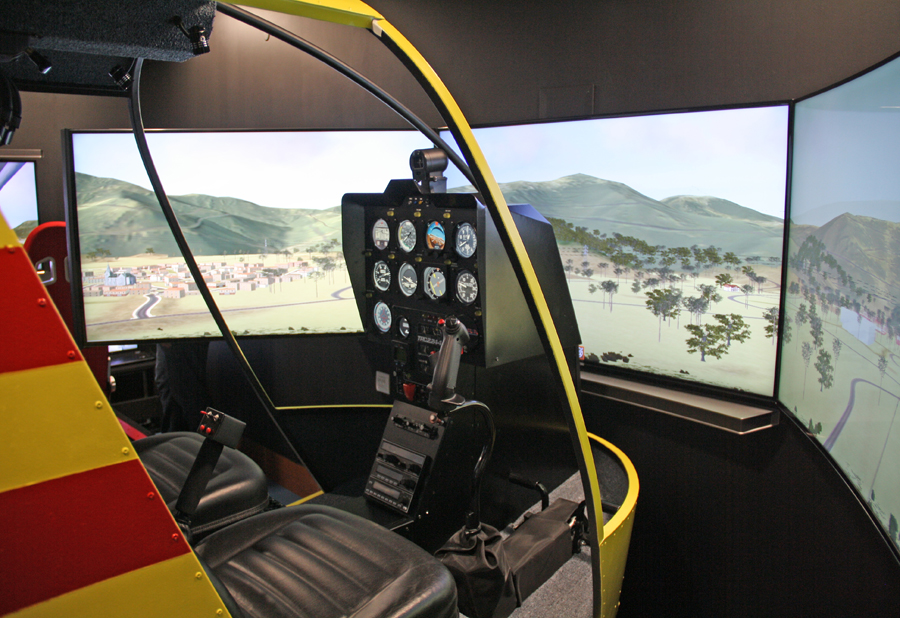
The School of Civil Security Application (ECASC) in Valabre, France has developed a drone training where the controller of the drones is used to fly in XVR. This is only possible if they are drone controllers that are recognized as an input device by
Windows. A short video can be viewed here.
Conclusion
Selecting which input device you like to work with in the virtual world, depends largely on your personal preferences and learning objectives. XVR Simulation supports all of the above mentioned input devices, so whichever you end up using, you’ll be able to train with it in XVR. Please contact us if you need any advice on which input device to choose for your specific application.
Overview
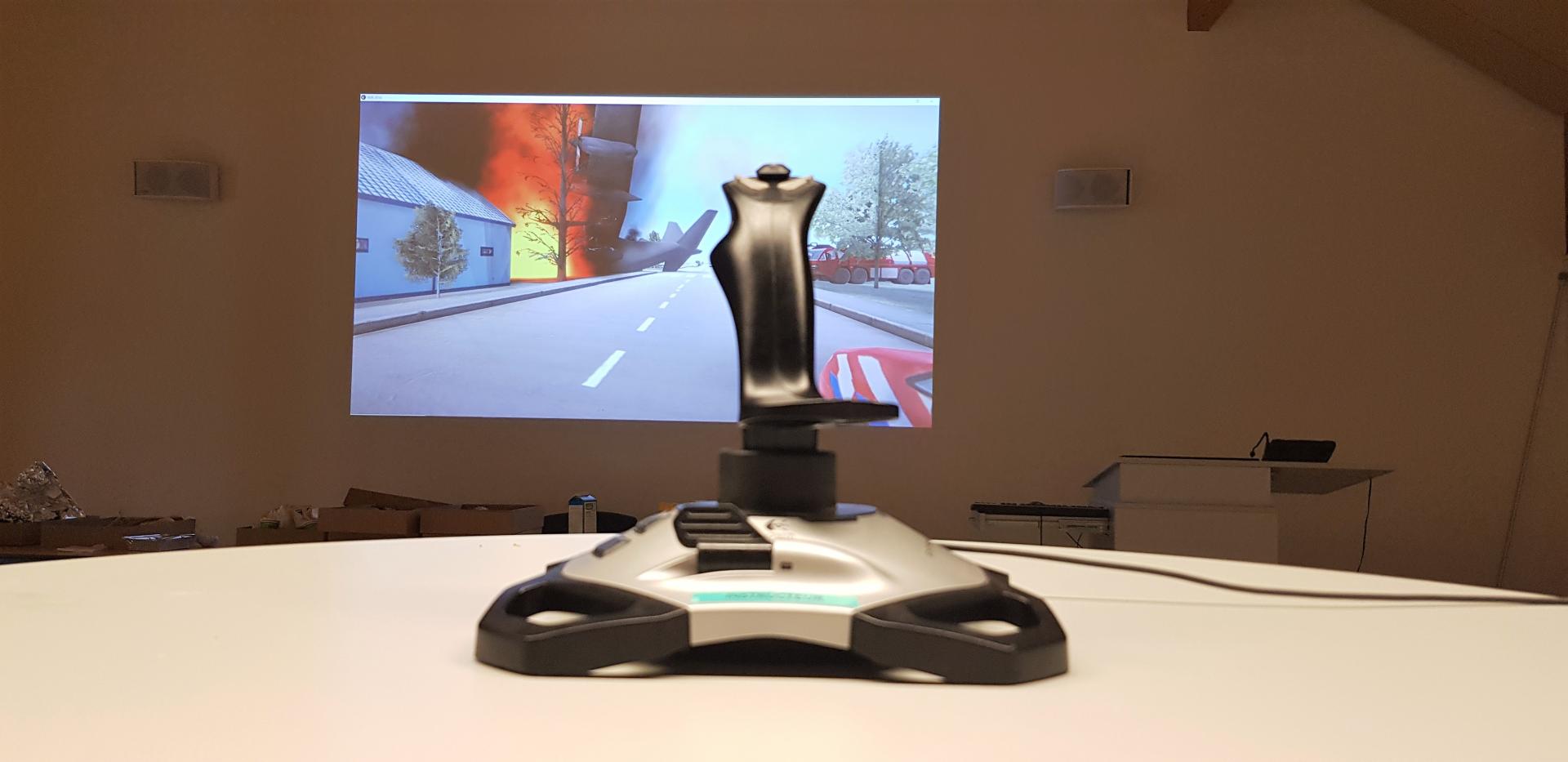
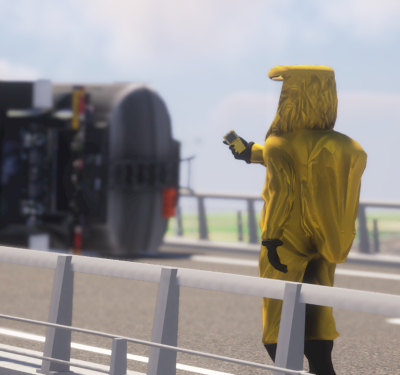

.png?resolution=400x375)